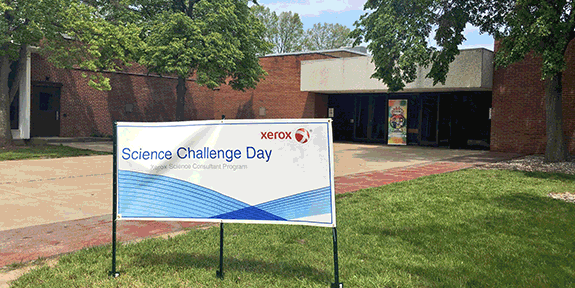By Sherry M. Adler, Xerox contributor
Imagine a commercially viable system of connected and automated vehicles. Such vehicles would communicate wirelessly with one another and with the infrastructure. They would: Warn of potential hazards; Dramatically reduce crashes; Relieve urban congestion; Cut pollution and energy use.
Imagine No More. This “transformative technology” is in the works. An initiative to revolutionize the movement of people and goods worldwide is taking place at the University of Michigan in Ann Arbor. Activities are occurring through the aptly named “Mobility Transformation Center.”

Xerox is part of a select group of industry visionaries from a cross-section of sectors that serves as initial partners. If you’re thinking this information is merely ink on paper, please note the following. The members of this Leadership Circle already convened. The occasion: Groundbreaking for a first-of-its-kind venue ─ a simulated urban city.
Location of this 32-acre off-road test site is on the University’s North Campus Research Complex. It will include a network of three lane-miles of concrete and asphalt roads with intersections, traffic signs and signals, sidewalks, roundabouts, benches, buildings, streetlights and obstacles, such as construction barriers. And this facility is “motoring along,” set to open in the fall of this year.
Transportation specialists at Xerox look forward to using this facility and its planned on-road complement. David Cummins, Xerox vice president and managing director, Parking & Justice Solutions, explains: “The technology we need is already here, but it hasn’t been integrated yet. For example, our ‘smart parking’ program is underway in downtown Los Angeles. The sensors we installed detect real-time parking space availability. Then we push this information out to two app providers.”
“Next, we’re going to push this data out to vehicles directly,” David adds. “In this way, cars can suggest the same information plus extra to drivers. When drivers reach the desired parking destination, their cars confirm the length of available parking time, cost, payment options and more.”
For more on this fascinating work-in-progress, read Fast Company’s “This Real Life Sim City Will Be A Testing Ground For New Transportation Technologies.”



